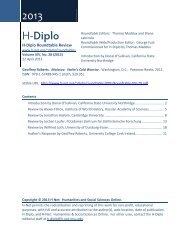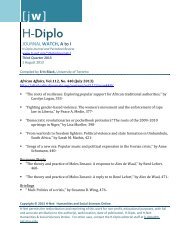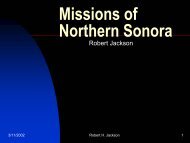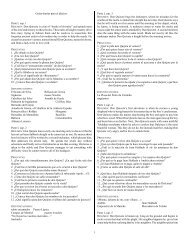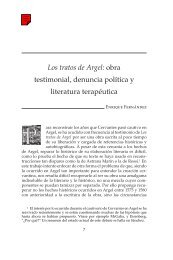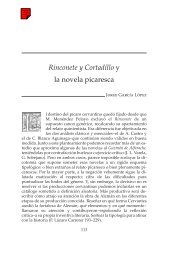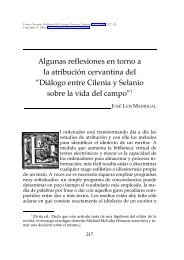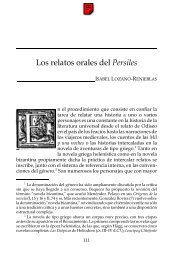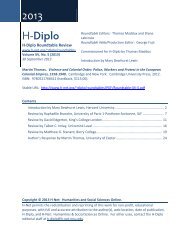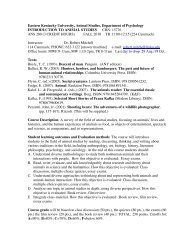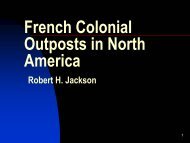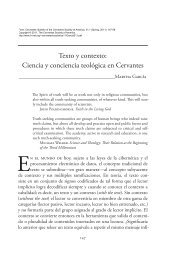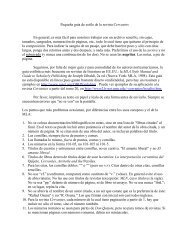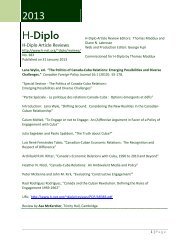H-Diplo Roundtables, Vol. XIV, No. 29 (2013) - H-Net
H-Diplo Roundtables, Vol. XIV, No. 29 (2013) - H-Net
H-Diplo Roundtables, Vol. XIV, No. 29 (2013) - H-Net
You also want an ePaper? Increase the reach of your titles
YUMPU automatically turns print PDFs into web optimized ePapers that Google loves.
H-<strong>Diplo</strong> Roundtable Reviews, <strong>Vol</strong>. <strong>XIV</strong>, <strong>No</strong>. <strong>29</strong> (<strong>2013</strong>)<br />
in what the United States did than in how U.S. observers might better have understood<br />
Laos. For his project, a deep explication of Lao history and culture is not necessary. But the<br />
question remains: why did Americans seem to react so vehemently to the perceived<br />
“indolence” in Laos? Unless the Lao really were more indolent than others, what about<br />
Laos or about the United States in Laos prompted this unrelentingly judgment? We have<br />
seen in other studies of race and U.S. foreign relations that racial attitudes are highly<br />
malleable. The most dramatic examples come from Japan, as so convincingly explored by<br />
John Dower and Naoko Shibusawa, but Tim Borstelmann, Mark Bradley, Jason Colby, Carol<br />
Anderson, and Paul Kramer, among others, have teased out the ways that race can have<br />
different meanings at different times, can be put to different purposes, can evolve. 3 Jacobs<br />
draws our attention to the ways race and religion are intertwined, and the disdain most<br />
Americans had for Buddhism, but does less to explore the broader context of how<br />
Americans perceived Buddhism, whether there was specificity or malleability to the racial<br />
constructs Americans made for Laos, and in general how race operated to shape U.S. policy<br />
in Laos.<br />
We learn how racial judgments informed U.S. policy in Laos, and how easy and apparently<br />
universal acceptance in U.S. official circles of those judgments narrowed the options<br />
policymakers perceived for Laos. We learn as well how restrictive the Cold War proved to<br />
be for the United States: for a statesman, especially perhaps a Lao statesman, to pursue<br />
neutralism was sufficient to get labeled weak, naïve, and unreliable by U.S. officials. This<br />
stance left little room for creative solutions in places like Laos.<br />
The Universe Unraveling succeeds in explaining how American cultural misunderstandings<br />
of Laos doomed U.S. policy efforts there, and how those failures paradoxically prompted<br />
U.S. officials to redouble the commitment to South Vietnam. Finally, Jacobs adds to the<br />
story of the ubiquity of U.S. power and influence, even when informed by ignorance, in the<br />
late 1950s and early 1960s.<br />
3 John Dower’s classic War without Mercy: Race and Power in the Pacific War (New York:Pantheon,<br />
1987) is the starting point for thinking about this issue. See also Naoko Shibusawa, America’s Geisha Ally:<br />
Reimagining the Japanese Enemy (Cambridge, MA: Harvard University Press, 2006), Thomas Borstelmann, The<br />
Cold War and the Color Line: American Race Relations in the Global Arena (Cambridge, MA: Harvard University<br />
Press, 2001), Mark P. Bradley, Imagining Vietnam and America: The Making of Postcolonial Vietnam (Chapel<br />
Hill: University of <strong>No</strong>rth Carolina Press, 2000), Jason Colby, The Business of Empire: United Fruit, Race, and U.S.<br />
Expansion in Central America (Ithaca: Cornell University Press, 2011), Carol Anderson, Eyes Off the Prize: The<br />
United Nations and the African American Struggle for Human Rights, 1944-1955 (Cambridge: Cambridge<br />
University Press, 2003), Paul A. Kramer, The Blood of Government: Race, Empire, the United States and the<br />
Philippines (Chapel Hill: University of <strong>No</strong>rth Carolina Press, 2006).<br />
16 | P age



